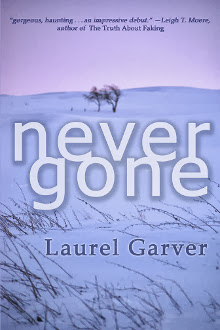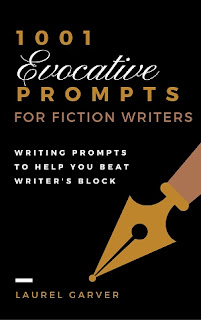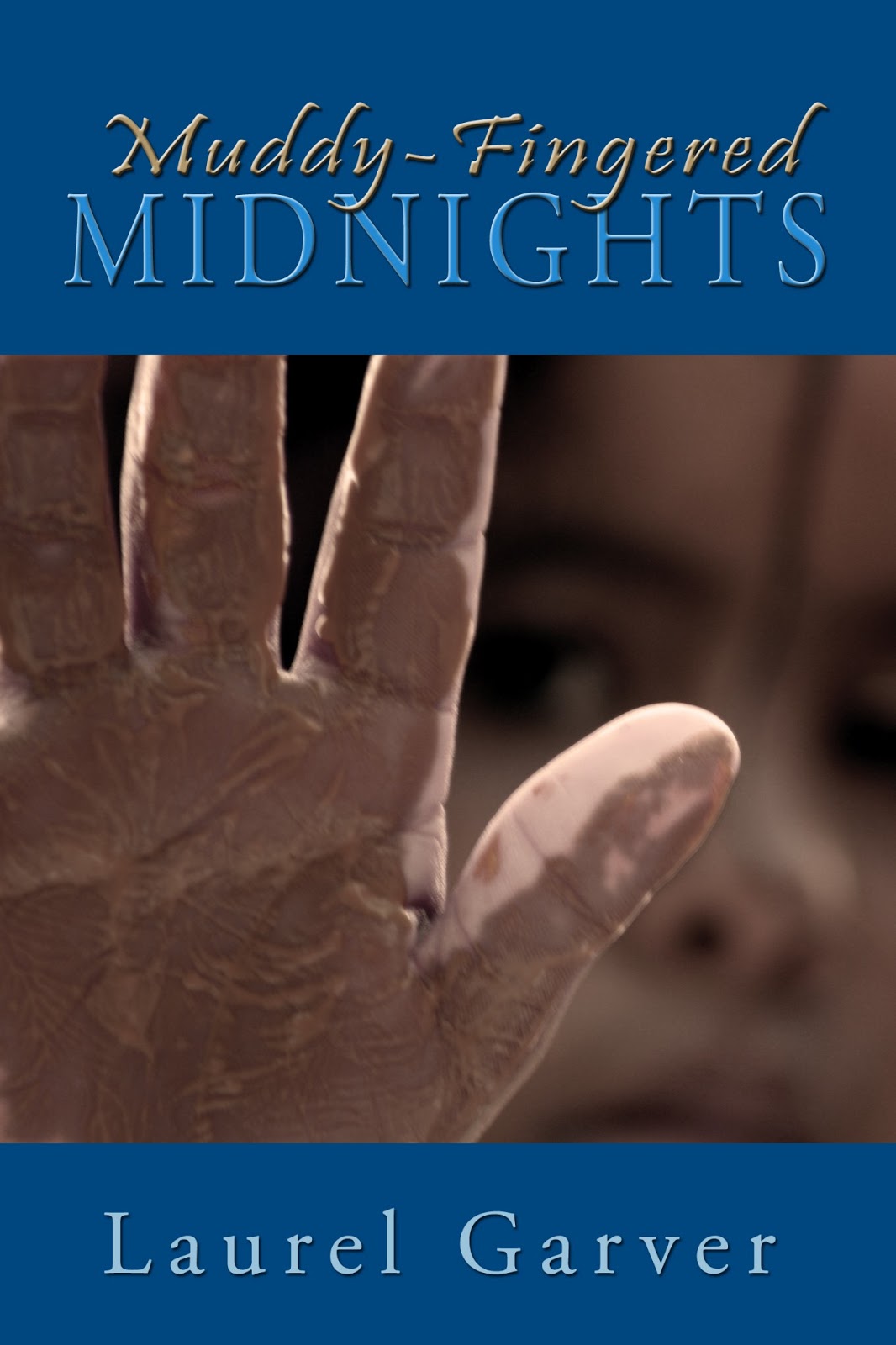I'm delighted to share with you my latest release, a giant collection of writing prompts! The 1001 in the title is literal. There are precisely 1,001 prompts, covering 40 emotions, hundreds of "pivotal moments" and a few hundred character development questions.
Whether you need some inspiration to start a new project, delve deeper into an existing one, or simply add a no-pressure warm up to your routine, there's something here for you!
Throughout the month of April, I will be sharing 26 prompts from the book as part of the A-Z Blogging Challenge. Until then, Here's a description, and some images of the available formats.
1001 Evocative Prompts for Fiction Writers
 Evocative /əˈväkədiv/ — Bringing strong images, memories, or feelings to mind.
Evocative /əˈväkədiv/ — Bringing strong images, memories, or feelings to mind.
Ideas, emotions, images, intriguing questions, perplexing dilemmas—these are the raw materials from which great stories are built.
1001 Evocative Prompts will stimulate your thinking wherever you are in your writing journey and get you writing today. It provides story starts and writing inspiration for a wide variety of genres by focusing on emotions, character development, and pivotal moments.
You can face a blank page with confidence when you use these prompts to warm up, beat writer’s block, develop and maintain a writing habit, change up your routine, start a new project, experiment in a new genre, deepen parts of an existing story, or overcome burnout.
What are you waiting for? Dig in and get writing right now!
This book comes in three formats to accommodate a variety of work styles.
For the budget conscious and on-the-go writer, use the economical e-book that can be loaded onto your phone, tablet or e-reader.
For the tactile writer on a budget, choose the condensed pocket edition paperback.
For the longhand writer who wants to stay organized, choose the workbook edition.
Add it on Goodreads
e-book: Amazon / Barnes and Noble / Apple iTunes / Kobo / Smashwords
Pocket paperback (5"x 8", 114 pp.) Amazon / Barnes and Noble / CreateSpace
Workbook (8"x 10", 426 pp.) Amazon / Barnes and Noble / CreateSpace
Wonder why writing prompts can be a helpful tool, no matter where you are in your writing journey? Check out my guest post, 5 Reasons to Write with Prompts!
Whether you need some inspiration to start a new project, delve deeper into an existing one, or simply add a no-pressure warm up to your routine, there's something here for you!
Throughout the month of April, I will be sharing 26 prompts from the book as part of the A-Z Blogging Challenge. Until then, Here's a description, and some images of the available formats.
1001 Evocative Prompts for Fiction Writers
 Evocative /əˈväkədiv/ — Bringing strong images, memories, or feelings to mind.
Evocative /əˈväkədiv/ — Bringing strong images, memories, or feelings to mind.Ideas, emotions, images, intriguing questions, perplexing dilemmas—these are the raw materials from which great stories are built.
1001 Evocative Prompts will stimulate your thinking wherever you are in your writing journey and get you writing today. It provides story starts and writing inspiration for a wide variety of genres by focusing on emotions, character development, and pivotal moments.
You can face a blank page with confidence when you use these prompts to warm up, beat writer’s block, develop and maintain a writing habit, change up your routine, start a new project, experiment in a new genre, deepen parts of an existing story, or overcome burnout.
What are you waiting for? Dig in and get writing right now!
This book comes in three formats to accommodate a variety of work styles.
For the budget conscious and on-the-go writer, use the economical e-book that can be loaded onto your phone, tablet or e-reader.
For the tactile writer on a budget, choose the condensed pocket edition paperback.
 |
| Sample of the pocket edition interior |
For the longhand writer who wants to stay organized, choose the workbook edition.
 |
| Workbook interior -- 8" x 10" pages with room to write. |
Add it on Goodreads
e-book: Amazon / Barnes and Noble / Apple iTunes / Kobo / Smashwords
Pocket paperback (5"x 8", 114 pp.) Amazon / Barnes and Noble / CreateSpace
Workbook (8"x 10", 426 pp.) Amazon / Barnes and Noble / CreateSpace
Wonder why writing prompts can be a helpful tool, no matter where you are in your writing journey? Check out my guest post, 5 Reasons to Write with Prompts!



















